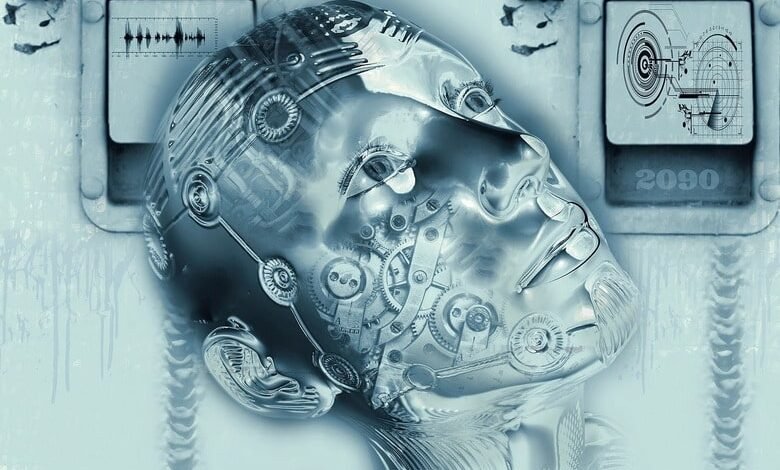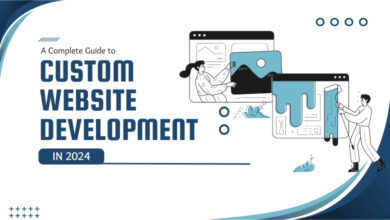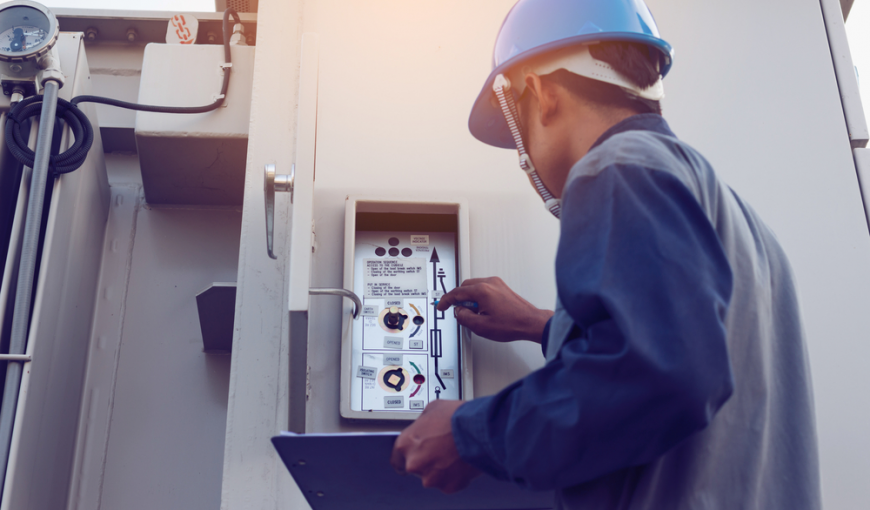The Future of Industrial Design: Insights and Perspectives

As technology advances at dizzying speed, industrial design is well situated to become one of the fields that has the most impact on determining the course of the future. The possibilities for developing new and inventive items are nearly limitless, thanks to advancements in automation, artificial intelligence, and additive manufacturing.
3D Printing and Additive Manufacturing
The development of additive manufacturing and printing in three dimensions is another significant development in the field of industrial design. These technologies have already had a transformative effect on the process of product design and manufacturing, and their influence is only going to increase in the years to come.
Designers will be able to construct things that were previously impossible or impractical to make, thanks to the capacity to print complex geometries and bespoke pieces on demand. This will result in not only more innovative designs but also less waste and cheaper production costs.
Circular Design and Sustainability
As the globe becomes more environmentally concerned, many businesses are emphasizing sustainable design. Industrial designers will need to consider their products’ whole lifecycle, from raw materials through end-of-life disposal.
Circular design, which seeks to produce items that can be reused or recycled endlessly, will grow in importance. This will necessitate a shift in attitude for designers, who will need to consider not only producing things that look attractive, but also those that are environmentally responsible. Companies like Stencilease.com will be able to help businesses realize their sustainability goals from a branding perspective with effective stencils to create signs, reducing the need for PVC plastic signs.
Co-Creation and Cooperation
Lastly, increasing collaboration and co-creation between designers, clients, and other stakeholders will characterize the future of industrial design. Companies may produce products that better satisfy the demands and preferences of end consumers by incorporating them into the design process.
Designers will need to be more versatile and flexible, as well as have great communication abilities. It will also necessitate investments in collaborative tools and platforms, such as online design communities and virtual reality design environments.
Human Resources Play a Role
When technological advancements are made in industrial design, businesses will need to make certain they have the right people on staff in order to propel innovation and remain one step ahead of the competition.
Companies can attract and keep the greatest industrial design talent while also creating a culture of creativity and collaboration by leveraging the newest HR tools and best practices. HR departments can employ the following strategies:
- Developing a strong employer brand that highlights the company’s dedication to innovation and design
- Creating a strong talent pipeline through collaborations with design schools and industry organizations
- Providing fair pay and benefits packages that reflect the value of industrial design talent
- Giving designers opportunities for professional development and training to keep them up to date on the newest trends and technology
Conclusion
Industrial design’s future is exciting and full of possibilities. Designers will be able to create smarter, more innovative, and ecologically responsible goods with the help of additive manufacturing and sustainability. Companies can also benefit from human resources input; as firms aim to incorporate end consumers in the design process, collaboration and co-creation will become increasingly vital.





